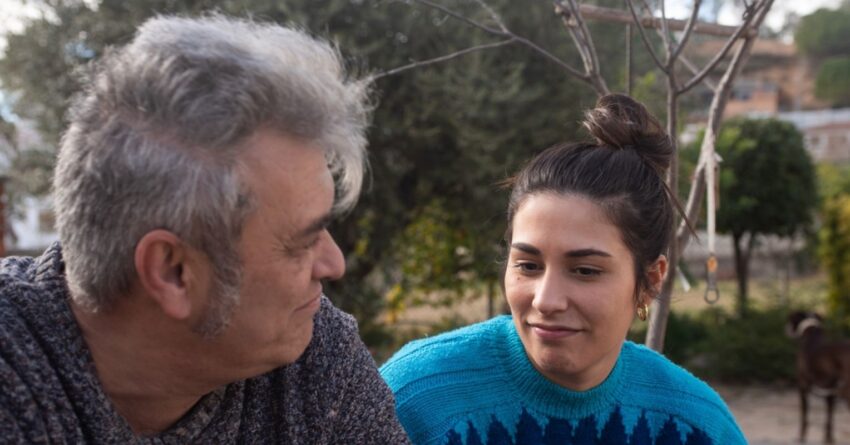As a Generation X member, I can attest to my own worry learning about the threat to our existence from nuclear arms. Each generation, starting with the Baby Boomers, has lived with this shared source of existential threat. For most in my cohort, this collective fear did not hinder our ability to work jobs and raise families. Now our children are entering the stage of life—young adult—where the expectation is that they develop into independent individuals who are able to succeed with their personal goals. But the trajectory of these twenty-somethings is different compared to Generation X and the Boomers. They are not launching to independence at levels seen in previous generations; many are socially disconnected and experiencinge levels of anxiety not seen in previous generations. A comparative analysis between American cohorts strongly indicates that young adults are not experiencing the joy and happiness typically associated with this age. The pandemic had an indelible impact on their emotional and social development, which may be one way to understand what has hindered their growth and independence. Healing for young adults will be assisted with compassionate curiosity rather than negative judgment from our culture or our families.
Today’s young adults are the first to grow up with the omnipresent reality of constant interpersonal communication through a device. The interplay of the pandemic and digital devices as the primary vehicle for interpersonal communication fostered heightened levels of sadness and worry in young adults. Many grew up in relative isolation, relying on their devices in a significant way to form relational bonds, rather than experiencing the satisfaction derived from physical proximity with peers. Guiding young adults to create a sense of security in the world will entail that the rest of society demonstrate a curiosity about the thought processing of these young adults. Improving our communication with them may lead to more securely bonded relationships, which may assist with the cultivation of security. Humans of any age need to feel that security can exist even under the weight of global stressors.
Many readers may recall the American television drama, Thirtysomething. The characters were professionals who were portrayed as competent adults with normative narrative arcs—but those characters were only slightly older than the twentysomethings now living in our basements with high levels of social isolation. Generation X and the millennials grew up watching characters on the sitcome Friends, who obtained success in their careers within a bonded social group of independent young adults. But then, after decades of warnings, a global pandemic occurred, closing schools, limiting physical contact, and dispersing fear that an existential threat could be inside our homes. To understand behavior, we need to identify social context.
Like many of you, I have to manufacture tolerance for discussing the topic of Covid; we all want to move on from the pandemic nightmare. But we can’t ignore its impact on young adults by acting as if our children haven’t experienced lasting negative consequences in their social lives. The communication tools at hand—texting and discourse on social media—cannot replace physical interactions and face-to-face dialogue. The digital world is indeed a scary place for many: Young people fear the isolation of being ghosted by a friend, or the terror of criticism on a public platform.
Helping young adults to shed their feelings of doom about the future will hinge upon older adults committing to hosting ongoing, positive dialogue. When we encourage young adults to process and heal from the epidemic of loneliness, we become part of the solution to the Twenty-Something Syndrome. We actualize emotional healing through tolerance and patience in our interactional patterns. Like viewing a television series, these conversations have both a mirror and a feedback loop component. When young adults are encouraged to take risks, to increase physical interaction with peers, and to share emotional vulnerabilities with loved ones, they may shed the accumulation of worry and sadness related to depleted personal confidence.
Exercise compassion, extend tolerance, express hope for a positive future, and internally manage your own projection of fear onto young adults. We can’t expect them to respond to the world the same way we once did. This idea is worth sharing with anyone who loves a young adult and is committed to being an active part of their success.
